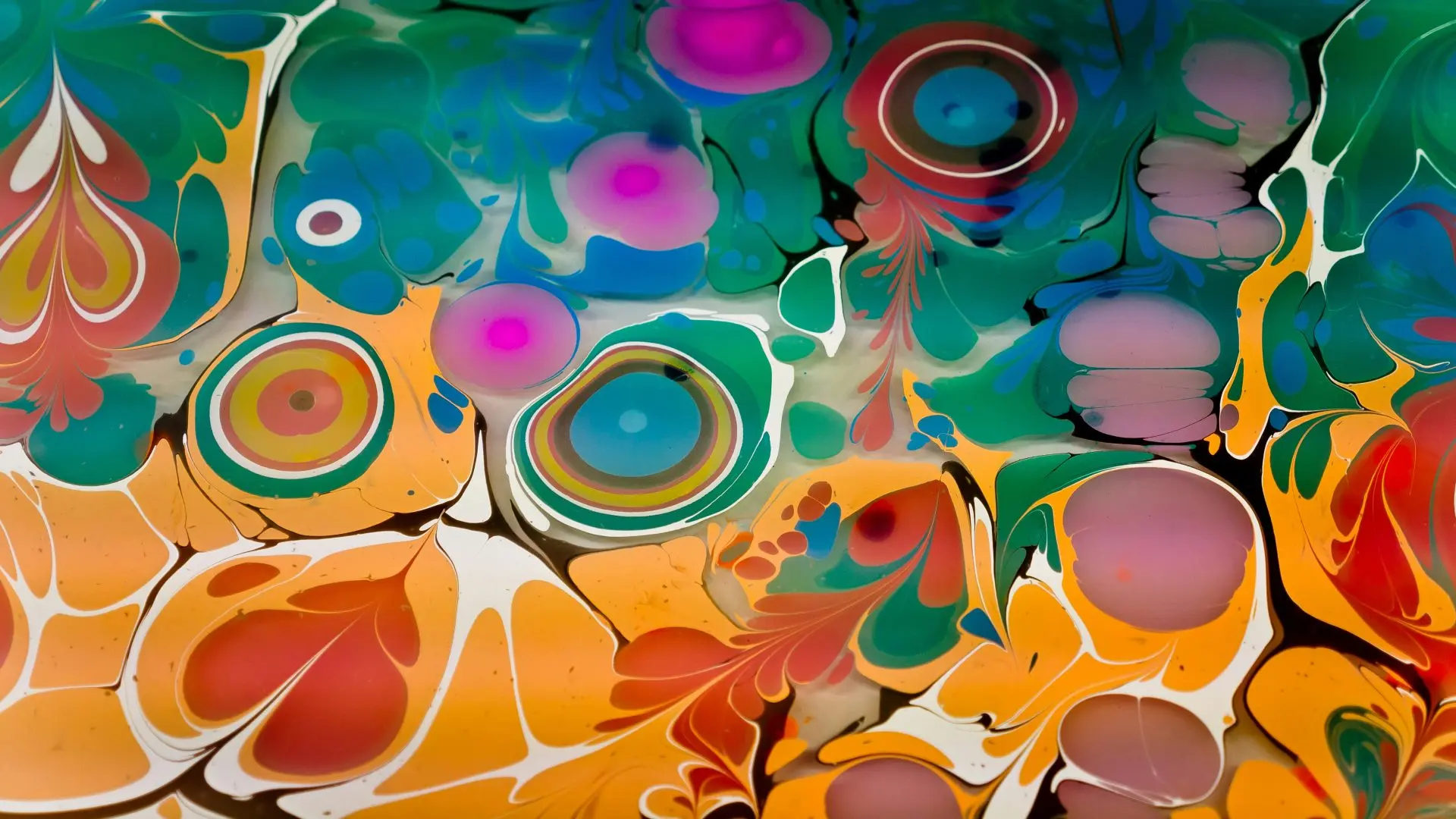The Roman Obelisk: Ancient Egyptian Symbol in Rome

Looking for more amazing products? Check out our online store and explore our collection here! Happy shopping!
Before diving in, please note: This post is for informational purposes only. If you’d like to know more about how we approach topics, feel free to check out our friendly Disclaimer Page.
Hey there, amazing readers! 
We’re committed to delivering quality posts, and your support (even just sticking around despite the ads) means everything to us. So, bear with us, and thanks for helping us keep the good vibes rolling. Now, on to the fun stuff!
TRANSLATE BUTTON AT THE END OF THE ARTICLE
Introduction: Exploring the Significance of Obelisks
Obelisks hold a significant place in the history and culture of ancient civilizations.
These towering stone structures, with their unique shape and inscriptions, have captivated people’s imaginations for centuries.
One of the most remarkable examples of these ancient monuments can be found in Rome, where several Roman obelisks stand tall as a testament to the city’s rich history and its connection to ancient Egypt.
Origins of the Roman Obelisks: Ancient Egypt’s Influence
The origins of the Roman obelisks can be traced back to ancient Egypt, where they were originally erected as sacred monuments to honor pharaohs and gods.
The ancient Egyptians believed that obelisks were rays of the sun god Ra, and they symbolized the connection between the earthly and divine realms.
These impressive structures were often carved from a single piece of stone, typically granite, and adorned with intricate hieroglyphic inscriptions.
Bringing the Obelisks to Rome: Engineering Marvels
Bringing these massive obelisks from Egypt to Rome was no small feat.
The transportation and installation of these monumental structures required incredible engineering skills.
The Romans developed innovative methods to transport the obelisks, which sometimes weighed hundreds of tons, from Egypt to Rome.
They would carve channels into the stone blocks, insert wooden beams, and use a system of pulleys and levers to move them onto specially designed barges for their journey across the Mediterranean.
Symbolism of Obelisks: Connecting Ancient Civilizations
The presence of obelisks in Rome serves as a powerful symbol of the connection between the ancient civilizations of Egypt and Rome.
These structures were not merely decorative additions to the city’s landscape; they represented the cultural exchange and influence between two great empires.
The Roman fascination with ancient Egypt led them to adopt and adapt various aspects of Egyptian culture, including obelisks.
By erecting these monuments in Rome, the Romans sought to demonstrate their admiration and respect for Egyptian civilization.
Obelisks as Political Statements: Display of Power
In addition to their symbolic significance, obelisks in Rome also served as political statements and displays of power.
Emperors and rulers used these monumental structures to showcase their wealth, influence, and domination.
By importing and erecting Egyptian obelisks, they aimed to evoke the grandeur and prestige associated with ancient Egypt.
These obelisks became prominent landmarks in the city, serving as reminders of Rome’s imperial might.
The Vatican Obelisk: A Spiritual Emblem in St. Peter’s Square
One of the most famous and imposing obelisks in Rome can be found in St.
Peter’s Square, standing tall at the center of the Vatican.
Known as the Vatican Obelisk or the Obelisk of Caligula, it dates back to ancient Egypt and was brought to Rome in 37 AD.
Pope Sixtus V had it moved to its current location in 1586, where it became an integral part of the grand design of St.
Peter’s Square.
The Vatican Obelisk serves as a spiritual emblem, symbolizing the connection between the Catholic Church and its ancient roots.
The Obelisk of Montecitorio: A Striking Landmark in Rome
Another notable Roman obelisk is the Obelisk of Montecitorio, located in front of the palace of the Italian Chamber of Deputies.
This obelisk dates back to the reign of Pharaoh Apries in ancient Egypt and was brought to Rome in the 6th century AD.
Pope Pius VI had it erected in its current location in 1792.
The Obelisk of Montecitorio stands as a striking landmark, adding a touch of ancient grandeur to the heart of Rome’s political district.
Obelisks in Piazza del Popolo: A Triumphant Entrance
Piazza del Popolo, one of Rome’s most famous squares, is adorned with two magnificent obelisks.
These twin obelisks, known as the Flaminio Obelisk and the Obelisk of Rameses II, were originally erected in ancient Egypt and later brought to Rome.
Explore the Path to Spirituality and Enlightenment – Start Here.
Pope Sixtus V had them placed in Piazza del Popolo in the late 16th century, creating a dramatic and triumphant entrance to the city.
These obelisks, with their hieroglyphic inscriptions, stand as majestic reminders of Rome’s glorious past.
Obelisks in Rome’s Streets: A Tribute to Ancient Glory
Beyond the grand squares and prominent landmarks, Rome’s streets are also embellished with smaller obelisks that pay tribute to the city’s ancient glory.
These obelisks, often found in public squares and intersections, serve as reminders of Rome’s rich history and its enduring connection to Egypt.
They are a testament to the Romans’ fascination with ancient civilizations and their desire to preserve and celebrate their cultural heritage.
Preserving the Roman Obelisks: Challenges and Restorations
Preserving these ancient obelisks poses significant challenges due to their age and exposure to the elements.
Over the centuries, many obelisks in Rome have undergone restoration and conservation efforts to ensure their longevity.
These restoration projects often involve delicate processes such as cleaning, repairing damaged sections, and reinforcing the structures to withstand the test of time.
The ongoing maintenance and preservation of these magnificent obelisks are crucial to safeguarding Rome’s cultural heritage.
Conclusion: The Enduring Legacy of Ancient Egyptian Obelisks
The presence of ancient Egyptian obelisks in Rome is a testament to the enduring legacy of these magnificent structures.
Beyond their architectural marvels, these obelisks symbolize the cultural exchange and influence between ancient civilizations.
They stand as powerful statements of political power, spiritual emblems, and grand landmarks in the city’s landscape.
Preserving and admiring these ancient monuments allows us to connect with the past and appreciate the incredible achievements of ancient civilizations.
The Roman obelisks in Rome continue to captivate visitors and serve as a reminder of the rich tapestry of history that defines the Eternal City.

The Enlightenment Journey is a remarkable collection of writings authored by a distinguished group of experts in the fields of spirituality, new age, and esoteric knowledge.
This anthology features a diverse assembly of well-experienced authors who bring their profound insights and credible perspectives to the forefront.
Each contributor possesses a wealth of knowledge and wisdom, making them authorities in their respective domains.
Together, they offer readers a transformative journey into the realms of spiritual growth, self-discovery, and esoteric enlightenment.
The Enlightenment Journey is a testament to the collective expertise of these luminaries, providing readers with a rich tapestry of ideas and information to illuminate their spiritual path.
Our Diverse Expertise
While our primary focus is on spirituality and esotericism, we are equally passionate about exploring a wide range of other topics and niches 

To ensure we provide the most accurate and valuable insights, we collaborate with trusted experts in their respective domains 
Our blog originally focused on spirituality and metaphysics, but we’ve since expanded to cover a wide range of niches. Don’t worry—we continue to publish a lot of articles on spirituality! Frequently visit our blog to explore our diverse content and stay tuned for more insightful reads.
Hey there, amazing reader! 
Check out our store here and take a peek at some of our featured products below! Thanks for being awesome!















